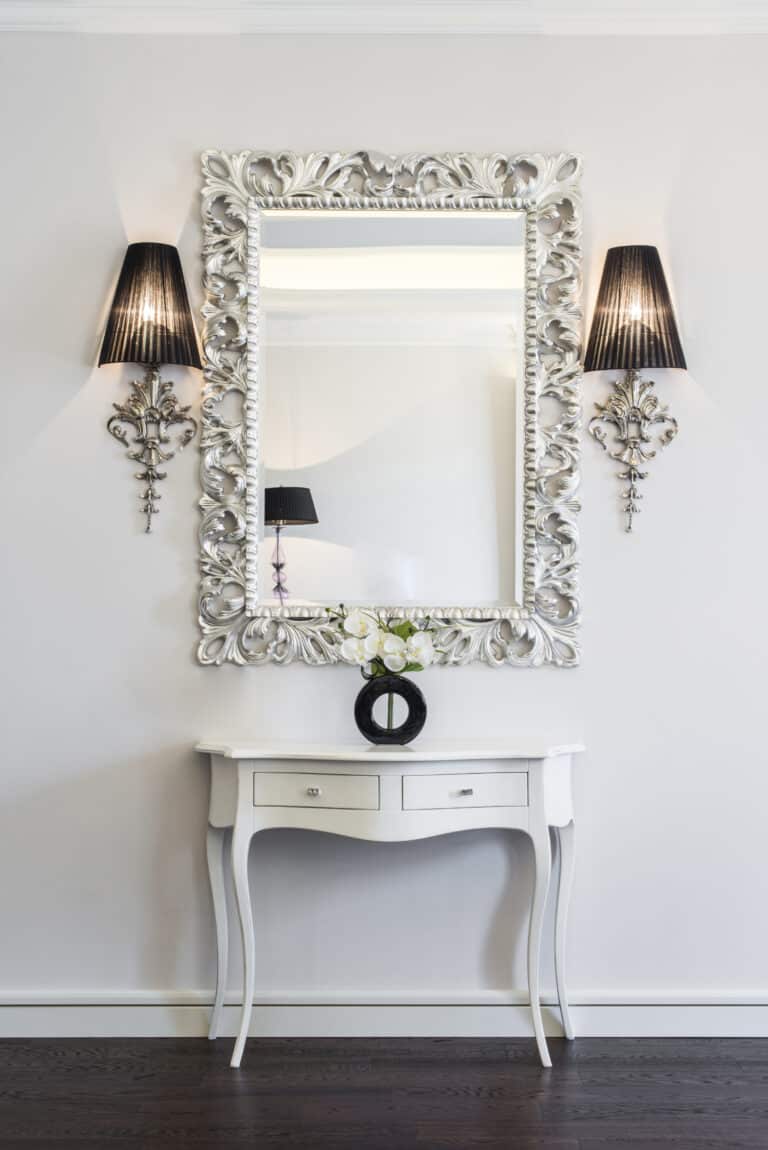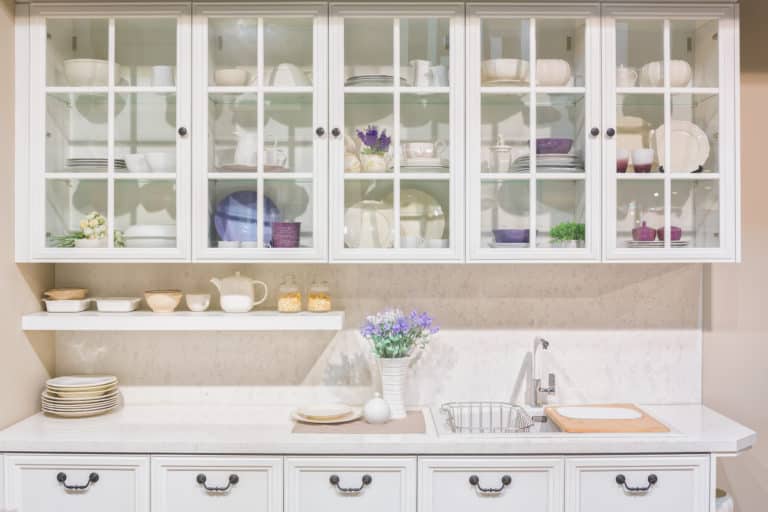Mirrors are an integral part of our homes, serving both function and aesthetic. They come in various styles, sizes, and types, catering to different needs and preferences. In this post, we will delve into the many ways home mirrors can differ, covering a range of categories including mirror frames, mirror repair, mirror closet doors, wall mirrors, bathroom mirrors, bedroom mirrors, and mirror walls. Whatever your design or performance needs may be, understanding the differences of these mirrors offered will help you make informed decisions about the best placement and selection to enhance the beauty and target of your living spaces.
Mirrors: Beyond Reflection
Mirrors have evolved beyond their basic function of reflection. They add depth, light, and character to rooms while fulfilling specific needs. Whether you’d like to add to existing mirrors in your home, repair damages or start fresh, let’s explore some of these key categories to better fit your mirror needs:
- Mirror Frames: Mirror frames play a crucial role in enhancing the mirrors’ appeal. Frames come in diverse materials such as wood, metal, and plastic, each contributing a unique style. Ornate frames can add a touch of elegance to formal areas, while minimalist frames suit contemporary interiors.
- Mirror Repair: Mirrors, like any other household item, may require maintenance over time. Cracks, black spots, and discoloration are common issues that can be addressed through professional mirror repair services. Repairing mirrors not only restores their purpose but also preserves their beauty.
- Mirror Closet Doors: Incorporating mirror closet doors can create efficient storage and provide visual expansion. Mirrored closet doors visually enlarge smaller spaces and add a touch of sophistication. They also eliminate the need for a separate dressing mirror.
- Wall Mirrors: Wall mirrors are versatile design elements that can dramatically alter the perception of a room’s size and ambiance. Placing large wall mirrors in narrow hallways or small rooms can create an illusion of spaciousness and reflect natural light, making the area feel brighter.
- Bathroom Mirrors: Bathroom mirrors are essential for our daily and nightly routines, whether you’re shaving, washing your face, or making sure you’re reaching all the right spots while brushing. They come in a variety of shapes, sizes, and options like fog-resistant coatings and integrated lighting. Choosing the right bathroom mirror ensures optimal usage while complementing the overall décor.
- Bedroom Mirrors: Mirrors in the bedroom are used for both observation and decoration. A full-length mirror is a bedroom staple for outfit checks, putting on makeup while sitting on the floor (if you know, you know), and asking lovingly who the fairest of them all is. In contrast, strategically placed mirrors can be utilized to enhance natural light and create a cozy, inviting atmosphere.
- Mirror Walls: Mirror walls can transform a room’s visual dynamics by adding depth and dimension. They are often used in formal areas such as dining rooms or entryways to create a striking focal point. However, careful placement is crucial to avoid overwhelming the space. Reflection is essential, but overexposure is a no no.
The Reasons Behind Mirror Placement
The placement of mirrors in different rooms should be purposeful and serve specific intentions:
- In Bathrooms, mirrors aid in grooming tasks and contribute to the overall design. A well-placed mirror can also reflect light and make the space feel larger and more open.
- In Bedrooms, mirrors fulfill functional needs like getting dressed while adding a touch of luxury and brightness to the room. Mirrors can also create a sense of balance when positioned opposite a window or other focal points.
- Wall Mirrors are used strategically to create the illusion of expanse and to bounce light around a room, enhancing areas throughout your living space.
- Mirror Closet Doors are used to maximize physical space and provide a full-length mirror for your needs.
- Mirror Walls are used in formal areas to add drama and interest, but careful consideration is required to prevent visual overload.
Conclusion
The diversity of home mirrors extends far beyond their reflective capabilities. From mirror frames to repair, from bathroom mirrors to mirror walls, each category serves a unique purpose in enhancing our living spaces. By understanding the various ways mirrors can differ and the reasons for their placement in different rooms, you can make well-informed decisions to create visually appealing and functional interiors that reflect your personal style and needs.



